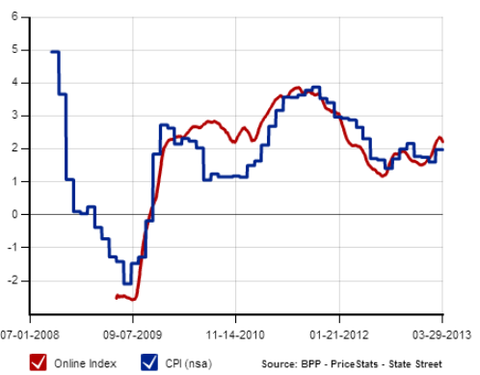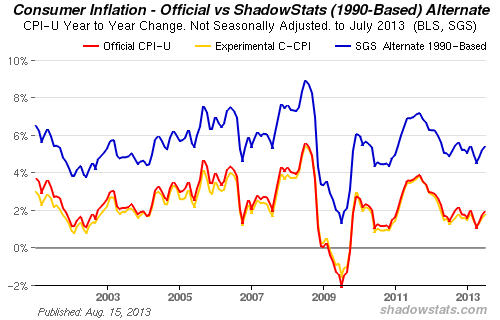I think there are quite a few issues raised in this thread that merit discussion, but one salient point that everybody seems to have tacitly decided not to discuss is that it's not currently possible to invest in long term treasury bonds with a 4 or 5% yield. 30 year treasuries closed today with a yield of only 3.783%. That's under 4% and SIGNIFICANTLY under 5%. According to my calculations, a rise in long term t-bond rates to 5% would reduce the market value of 30 year treasuries by about 22%, which is about 5.8 years of interest at the current yield.
So, my personal opinion is that OP has a valid point that in the future long term treasuries may be so beaten down by rising interest rates that they will be attractive to income seeking retirees. Until then there seems to be a touch of fantasy to this thread - OP seems to be thinking, "Long term rates aren't that much under 4%, so let's round up and pretend they've already gotten there. But somebody may object that 4% is too low a yield to make it worthwhile to tie up one's assets for three decades, so let's say that once they get to 4% they will then be in the 4-5% range. That will make everyone feel far better about making a 30 year commitment."
The Bond Market: Ryan Indexes - Markets Data Center - WSJ.com
So, my personal opinion is that OP has a valid point that in the future long term treasuries may be so beaten down by rising interest rates that they will be attractive to income seeking retirees. Until then there seems to be a touch of fantasy to this thread - OP seems to be thinking, "Long term rates aren't that much under 4%, so let's round up and pretend they've already gotten there. But somebody may object that 4% is too low a yield to make it worthwhile to tie up one's assets for three decades, so let's say that once they get to 4% they will then be in the 4-5% range. That will make everyone feel far better about making a 30 year commitment."
The Bond Market: Ryan Indexes - Markets Data Center - WSJ.com


